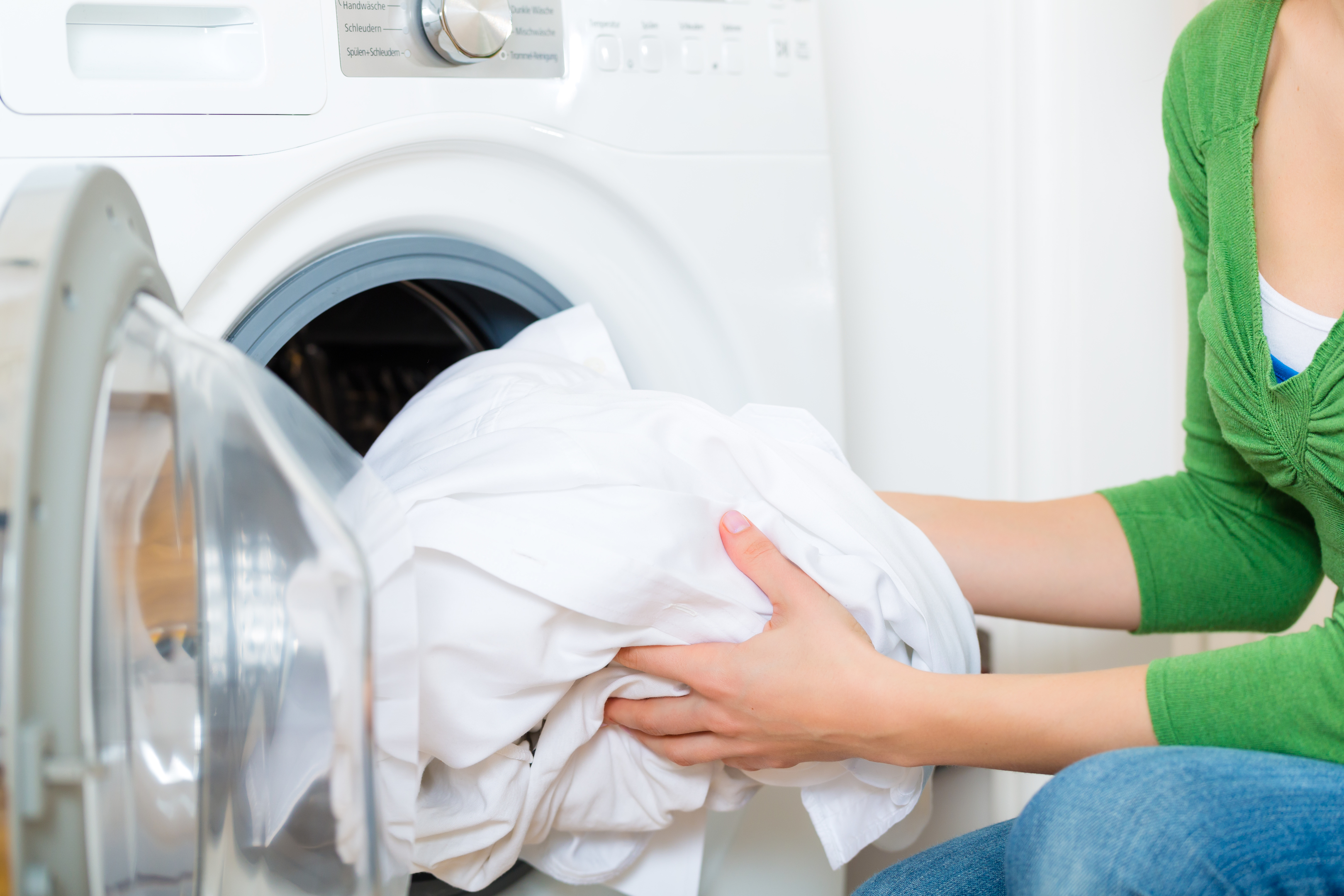
CONSUMERS are throwing an estimated £49.5m down the drain each year by replacing household appliances and electrical goods without even checking their warranties.
According to a new study by MyVoucherCodes, 32% of Scots diligently keep their proof of purchase for close to two years, but with almost no benefit, as 26% flash the cash to replace goods without even checking their warranties.
In addition, a third have never made a warranty claim on a faulty or broken item.
The saying ‘buy cheap, buy twice’ might be accurate for the younger generation, with millennials spending over double the amount (£228) replacing household appliances than those aged over 55 (£108).
The research also reveals that an item would have to be under four months old for the younger generation to even consider returning it to the store if it was faulty or had stopped working.
However, it may come as no surprise that those aged over 55 would consider taking an item back to the store up to 11 months after the initial purchase. Interestingly, the standard warranty period in the UK is two and a half years.
Almost half of women are guilty of not checking the status of a warranty when an appliance stops working, whilst men are quick to splurge, spending over double the amount (£239) of women (£152) when replacing items annually.
It seems Scots like to take care of their laundry, with washing machines topping the list of items they care most about when it comes to their warranty (44%). Despite 30% of the Brits owning a coffee machine, they are listed among the goods that consumers are less inclined to retain their proof of purchase.
Top items Scots bother to learn the warranty status of:
- Washing machines – 44%
- TVs – 40%
- Mobile phones – 39%
- Vacum cleaners – 31%
- Microwave – 27%
Chris Reilly, Managing Director of MyVoucherCodes commented: “Checking your warranty can seem tedious, but it’s so important if you want to avoid spending money on unnecessary replacements or repairs.
“We recommend retaining your proof of purchase for a minimum of two years in a safe place, so you can easily review if required. However, if you do get caught out, be sure to search online to get the best deal.”

Enjoy the convenience of having The Sunday Post delivered as a digital ePaper straight to your smartphone, tablet or computer.
Subscribe for only £5.49 a month and enjoy all the benefits of the printed paper as a digital replica.
Subscribe